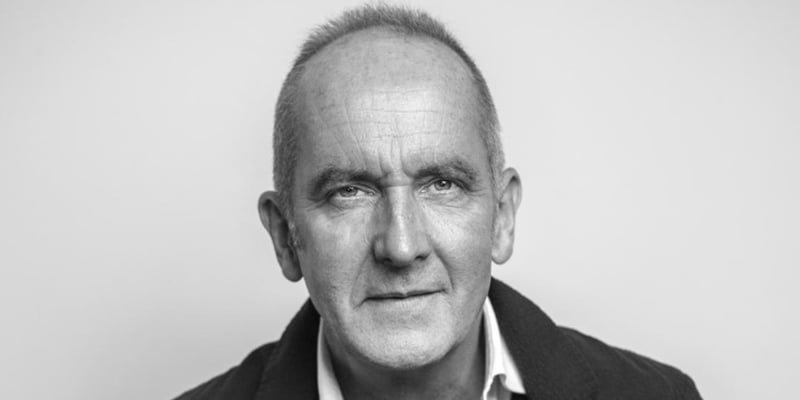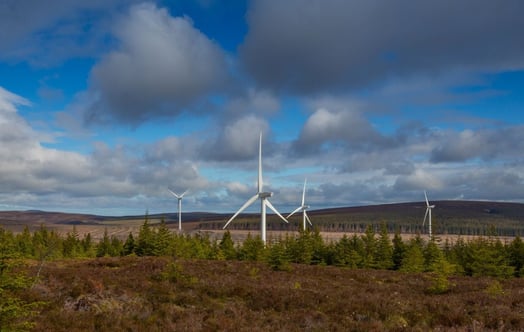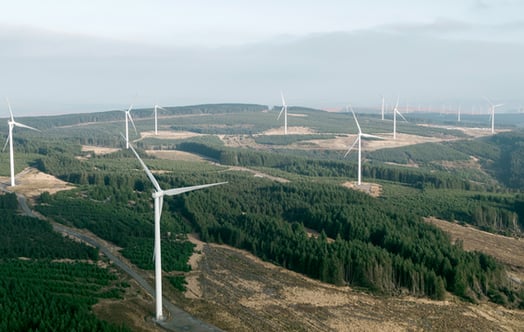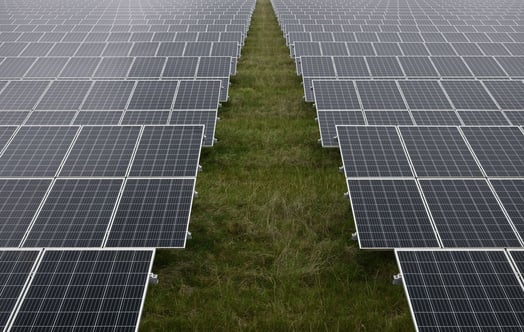
Why district heating is good news for all of us
By Kevin McCloud, Designer, writer and broadcaster on architecture and the built environment

Kevin McCloud, Designer, writer and broadcaster on architecture and the built environment
Iceland is a country I love, especially in midwinter. It is a country of fire and ice, wind and waterfalls, where humanity plays out its dramas always in second place to the elements. In Iceland you are never far removed from a 100mph wind, a glacier – or a thermal spring.
Most towns have boiling hot midwinter spas. Iceland also grows its own cut flowers, fruit and veg in giant geothermal greenhouses. Geothermal power stations – alongside energy from hydroelectric sources – fuel the nation’s demand for electricity. Across the country, geothermal heat looks after 90% of the nation’s space heating and hot water.
Of course, Iceland’s homes are, in the main, heated with geothermal heat. If they had followed, say, Britain’s example, each home would be proudly independently resourced with its own deep borehole, a heat exchanger with all the attendant pumps and monitors to prevent a new volcano from emerging into your sitting room. But of course, being Iceland, these things are done more collectively. In Iceland your heat is shared.
Iceland is a world leader in district heating and by far the most energy sustainable country in Europe. According to the European Geothermal Energy Council, Iceland had about 2,600 megawatts of installed capacity for geothermal heating and cooling in 2020. It was followed in second place by Turkey which, during Covid, has been about the only country investing in or launching new schemes. Turkey’s presence in the lovely warm world of district heating is relatively recent, so it represents a model of growth that other countries could do well to follow.
Post-pandemic, other countries are beginning to reinvest. The economic arguments for district heating are powerful. The French Agency for Energy and the Environment has announced that the cost of district heating and cooling is now cheaper using geothermal sources than by burning gas. Waste heat from power stations, supermarket chillers and data centres is now considered a resource rather than a hindrance by-product to dispose of. Vattenfall, for example, has been able to build on its experiences in Berlin, Uppsala and Amsterdam to collaborate with communities and cities like Edinburgh in the UK to create a heat network using waste heat from an energy recovery facility.
And the political justification for district heating – especially geothermal – is compelling. The Ukraine crisis has only highlighted our dependence on Russian fossil fuels to power our economies. It stands to reason that the more we can recycle and the more we can source from the sun and deep geothermal sources, the more resilient we can become in energy terms and the more independent we can become in political terms. Once we fought wars over land for crops and mining. Now we fight wars over fuel and energy. Although perhaps all we need to do is look at what lies between our feet and figure out how we can mine the hidden heat deep beneath our own homeland soil.
I would also argue there is also a powerful societal justification for district heating. We have a rich cultural history of socially progressive community resourcing in Europe, a phenomenon that lays a bed of precedent for what is now beginning to inspire other countries. Germany and Denmark don’t enjoy great volcanic reserves of energy like Iceland or Turkey, and yet they also point the way. For example, around 64% of all homes in Denmark are plumbed into a district heating system; there are 440 district heating networks.
There are some really inspiring projects in the UK that any Dane, Icelander or German would be proud to call their own. And they are often local, community-focused schemes. Less than 5% of energy used for heating our homes comes from low carbon sources which is why two years ago Government funded seven district heating networks in Barking and Dagenham, Bristol and Leeds. The Barking and Dagenham project has been widened a little to include four boroughs that Vattenfall is working across with Cory, connecting up to 75,000 homes. In Manchester, low temperature mini-heat networks have been developed where micro heat-pumps add extra energy at heat stations.
Most promisingly, Britain offers a surprising number of opportunities for deep geothermal heat, not least from the vast number of disused flooded mines in the country which, at depth, get very warm indeed. It is no coincidence that the opportunities to exploit the dirty infrastructure of factories, landfill sites, old mines and heavy industry by exploiting residual and waste heat means that the communities most to benefit are those who were exploited by those industries in the first place. As Bindi Patel, Head of Customer Experience at Vattenfall Heat UK, puts it “The projects we are involved in have ambitions to revitalise parts of cities that have been neglected.”
In that vein, Matt Wood of Bioregional has set out four objectives for the widespread adoption of green, renewable district heating in the UK. First, reset our expectations of the temperatures that are deliverable and jump to low temperature networks in tandem with a national building retrofit scheme to improve insulation in our homes (Nottingham is planning a secondary low temperature network). Second, make district heating companies not-for-profit monopolies partly in community ownership. Third, regulate the power companies so that they can’t dump waste heat into the atmosphere. And fourth, we need long-term planning and all-party political consensus. All sensible stuff.
If we can turn these four objectives into reality then we can achieve a fifth: enshrine confidence in a national renewable energy system, not rooted in competition from a hundred companies all competing on price to win the next customer but rooted in strength in numbers.
I suspect that most Danes and Icelanders intrinsically understand what this means because their society has woven into it all kinds of community assets. They know what it is to share. Even in the UK we understand what it is to share a meal, to work an allotment and share produce, to co-own a community asset like a park or join a car club. We are perhaps no longer a society hooked on the idea of ownership and we are ready for the joys and the affordability of more shared stuff. By which I mean heat networks.
Read Vattenfall's view on district heating in the UK.



